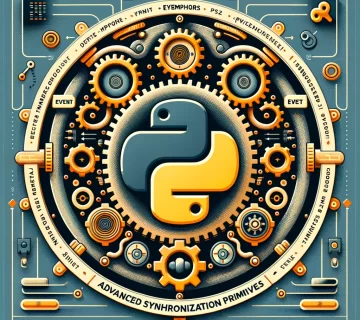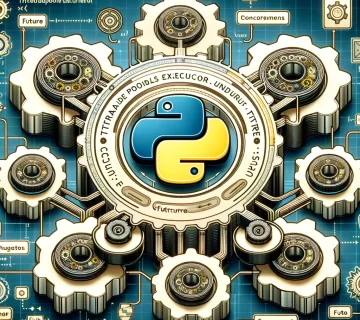Introduction
In the world of Python programming, writing code is just one aspect of developing a robust application. Another equally important aspect is commenting. Comments in Python are not just placeholders; they are powerful tools that enhance the readability and maintainability of your code. In this post, we’ll delve into the world of commenting in Python, exploring its uses, benefits, and best practices.
Why Comment in Python?
- Enhancing Code Readability: Comments make your code easier to understand. By providing explanations and context, they help other programmers (and your future self) quickly grasp what the code does.
- Facilitating Code Maintenance: Well-commented code is easier to update and debug. Comments can describe the purpose of a block of code, making it easier to identify issues or make enhancements.
- Documentation for Better Collaboration: In team environments, comments act as inline documentation, helping team members understand each other’s work.
Types of Comments in Python
- Single-line Comments: Prefixed with a
#, these are used for brief explanations or annotations.Example:# Calculate the sum of two numbers - Multi-line Comments: Python doesn’t have a specific syntax for multi-line comments, but you can use a
#at the beginning of each line or use triple quotes ('''or""") for block comments.Example:
# This function calculates the sum
# of two numbers and returns the result
def add(a, b):
return a + b
Tips and Best Practices for Commenting
- Clarity is Key: Write clear, concise comments. Avoid stating the obvious; focus on the why, not the how.
- Stay Updated: Ensure comments are updated alongside code changes to avoid confusion.
- Consistency: Be consistent in your commenting style throughout your codebase.
- Useful Annotations: Use comments for TODOs, FIXMEs, and other annotations that highlight areas needing attention or future work.
Common Mistakes in Commenting
- Overcommenting: Writing comments for straightforward code can clutter and distract from the actual logic.
- Outdated Comments: Failing to update comments after code changes can lead to misinformation.
- Ambiguity: Vague comments can be more confusing than no comments at all.
Writing New Lines or Paragraphs in Comments
- To write a new line in a comment, simply start a new line with a
#.Example:
# This is the first line of the comment # And this is the second line
- For paragraphs, you might leave an empty comment line:
# This is the first paragraph of the comment. # # This is the second paragraph, providing more detailed information.
Use Cases of Comments
- Explaining Complex Logic: Comments can unravel complex algorithms or logic, making them more digestible.
- Code Documentation: Providing usage examples or explaining parameters and return values in function comments.
- Temporary Code Disablement: Commenting out code that is not needed temporarily but might be useful later.
- Leaving Notes and Warnings: Noting potential improvements, bugs, or reasons for unusual coding approaches.
Conclusion
Commenting in Python is a skill that enhances the quality of your code. By following best practices and avoiding common pitfalls, you can ensure that your code is not only functional but also readable and maintainable. Remember, well-commented code is a hallmark of a thoughtful and professional programmer.





No comment